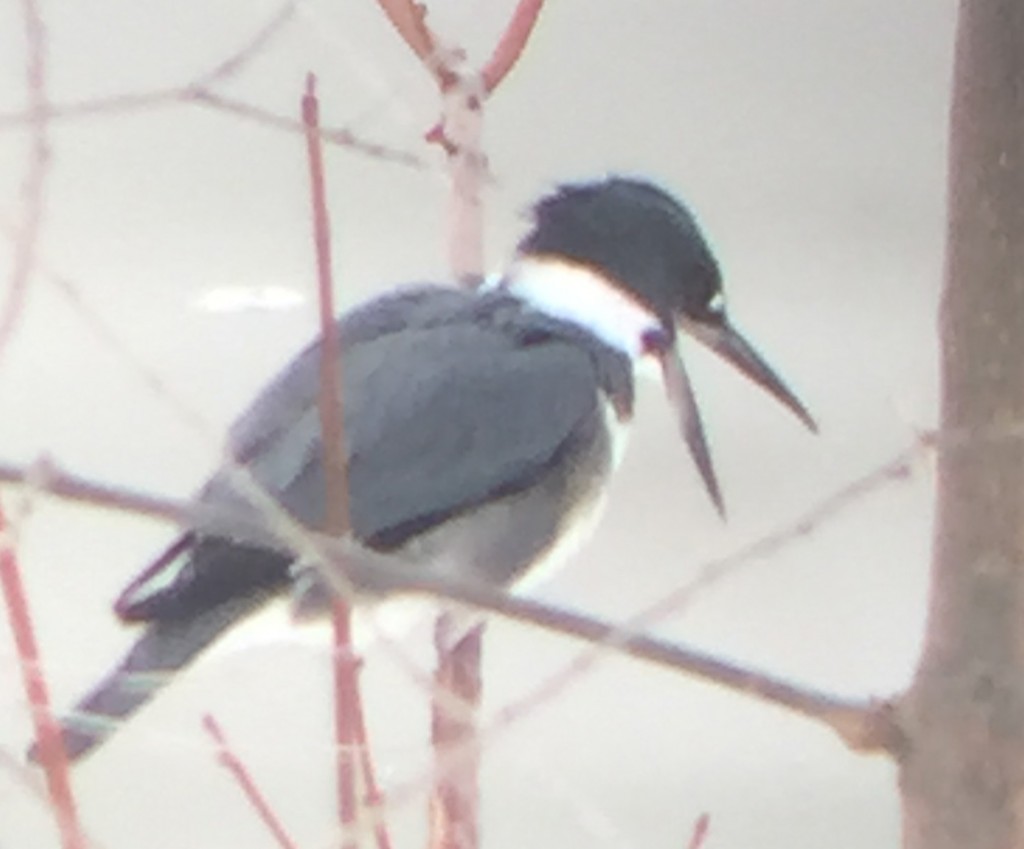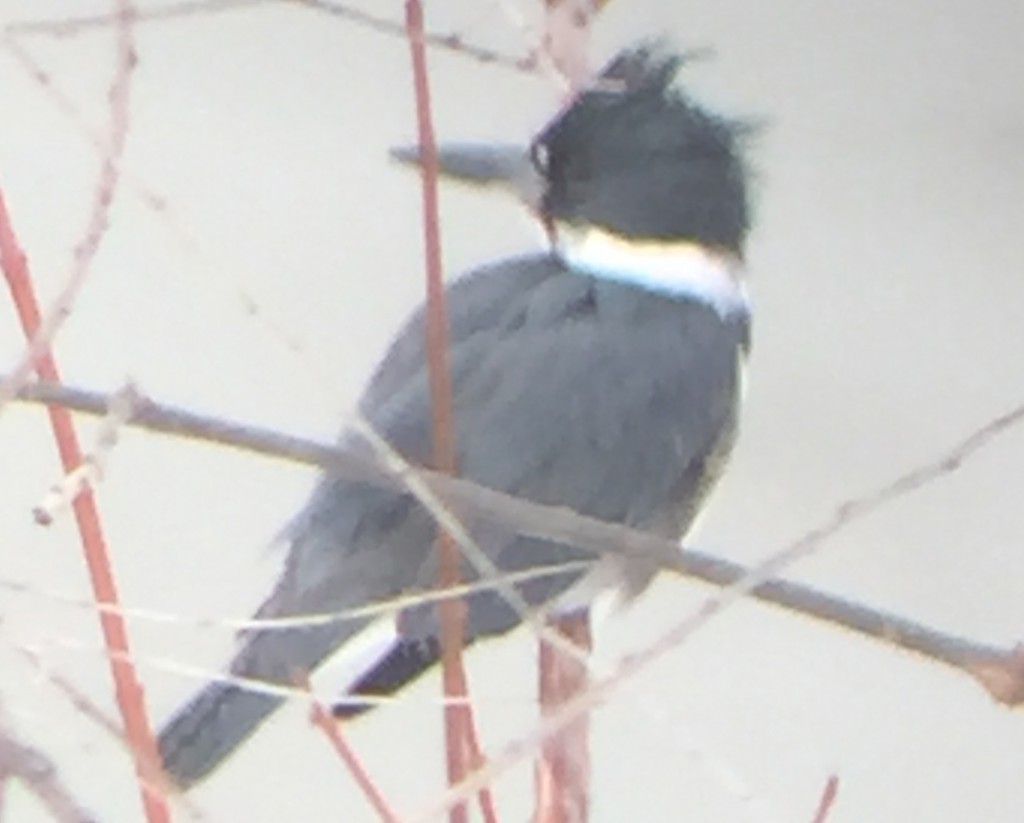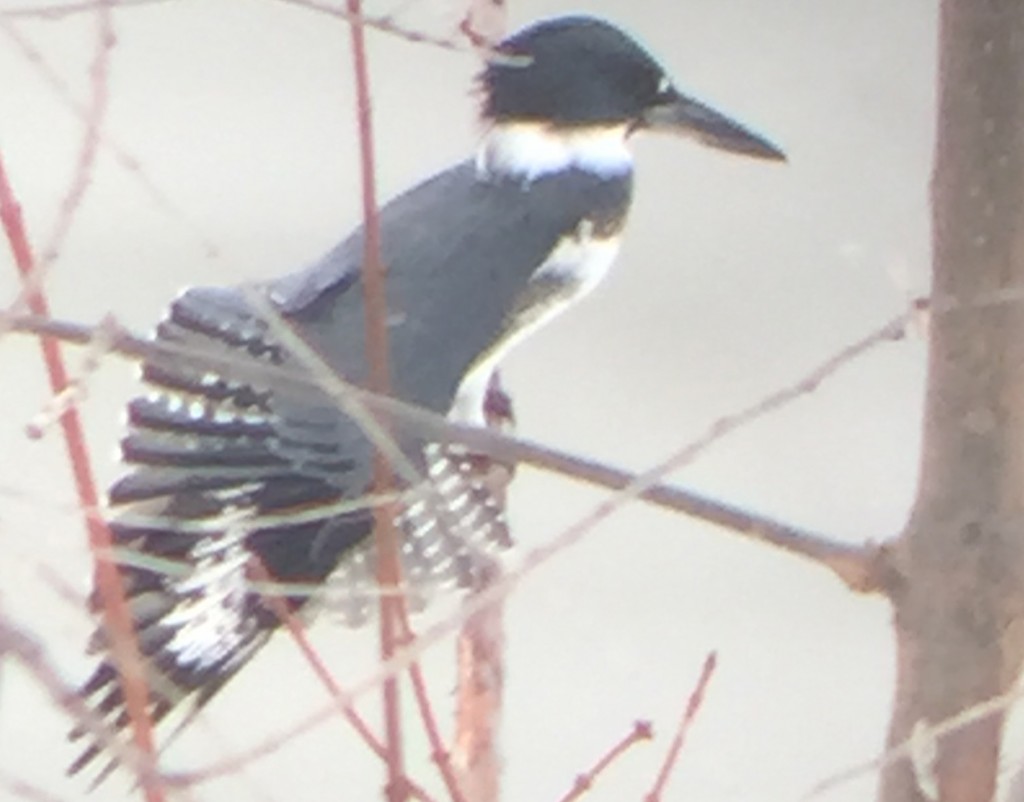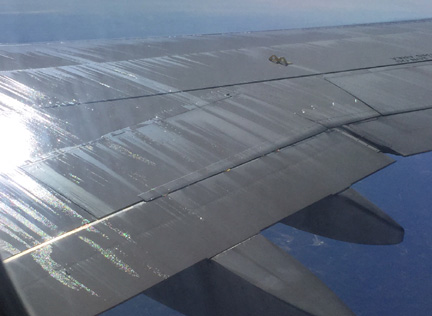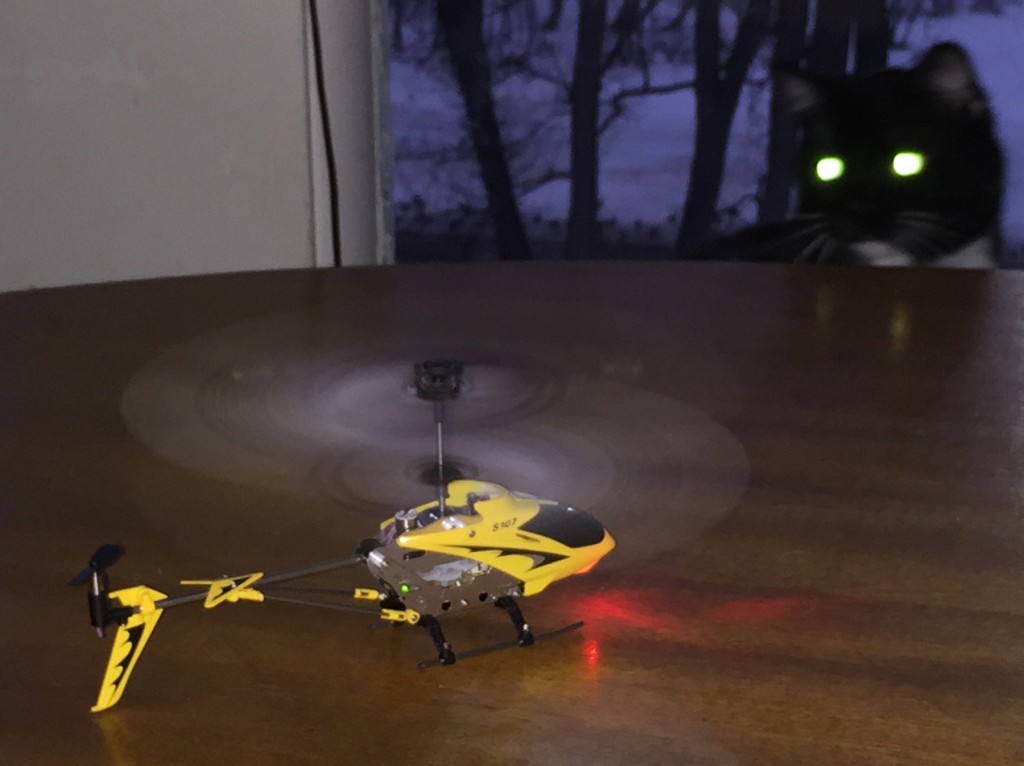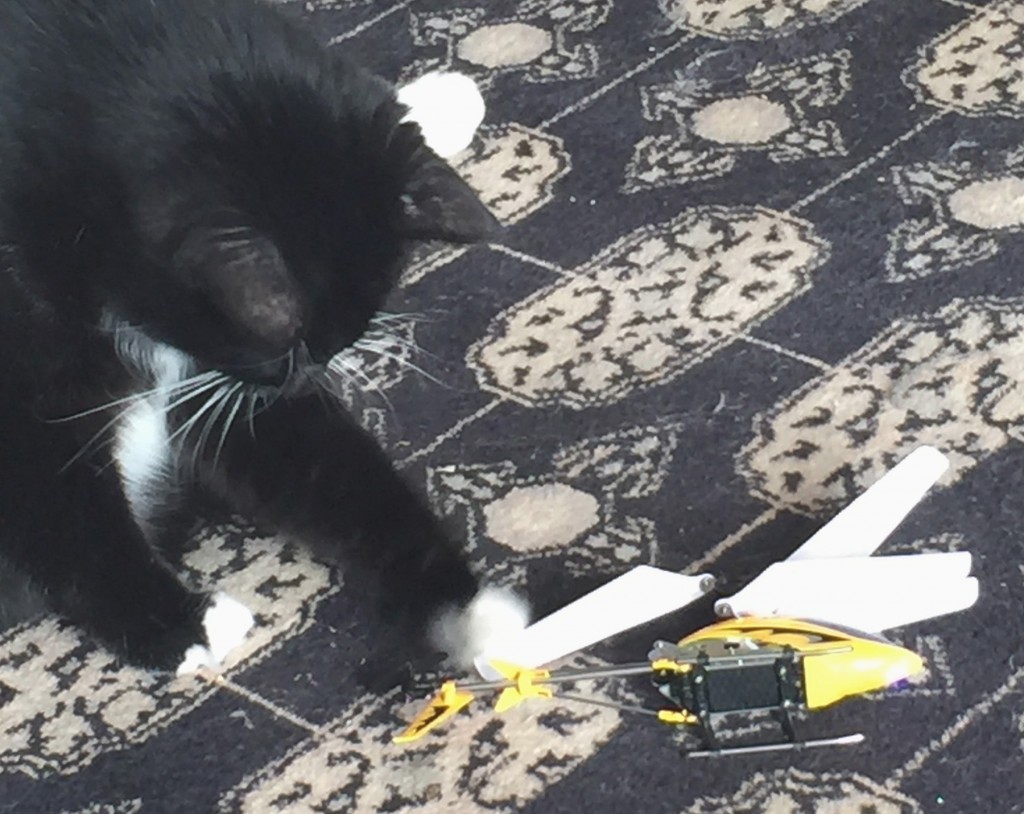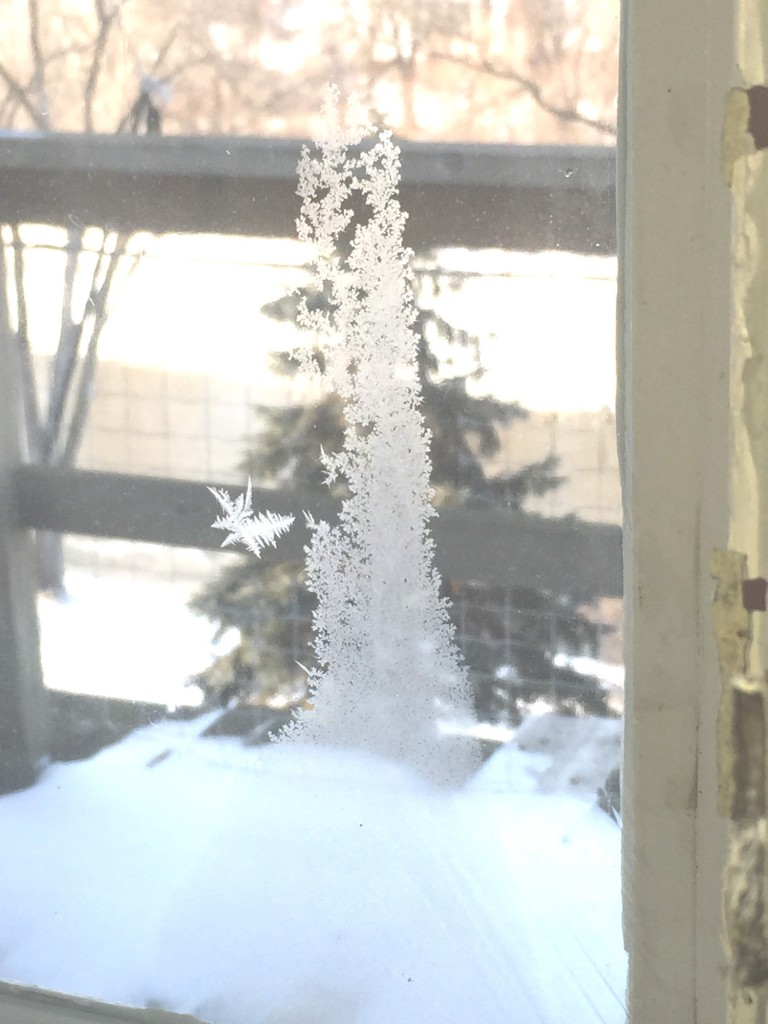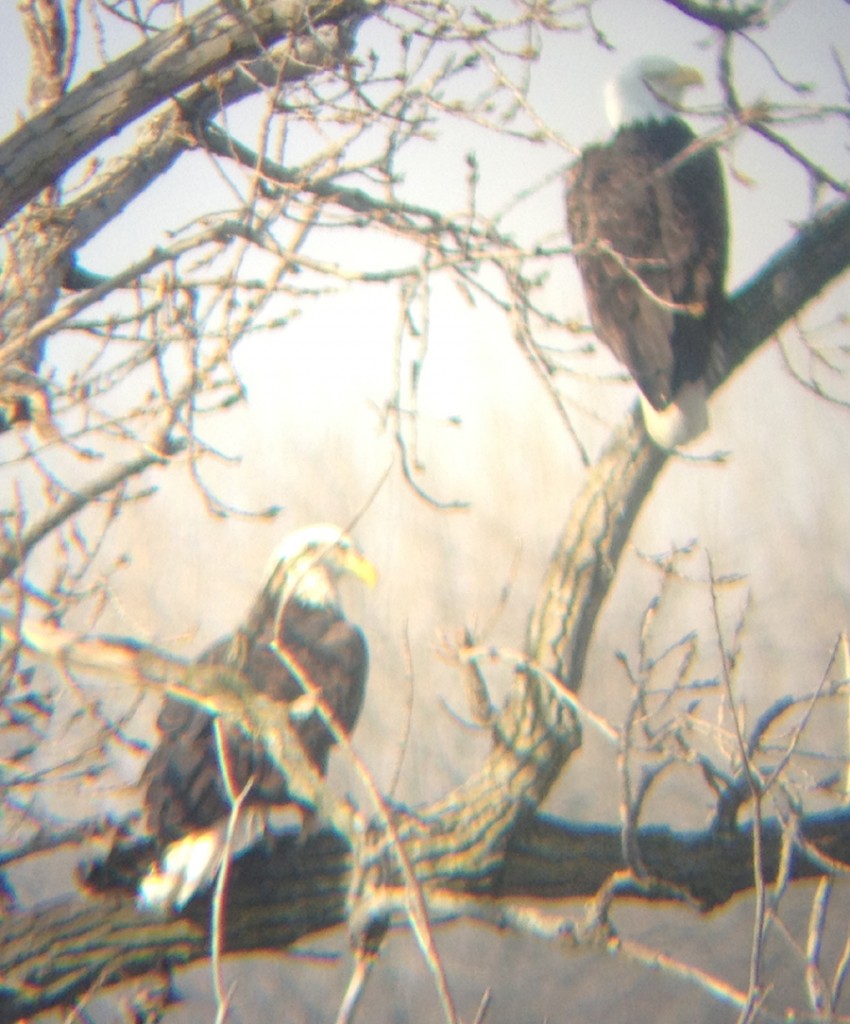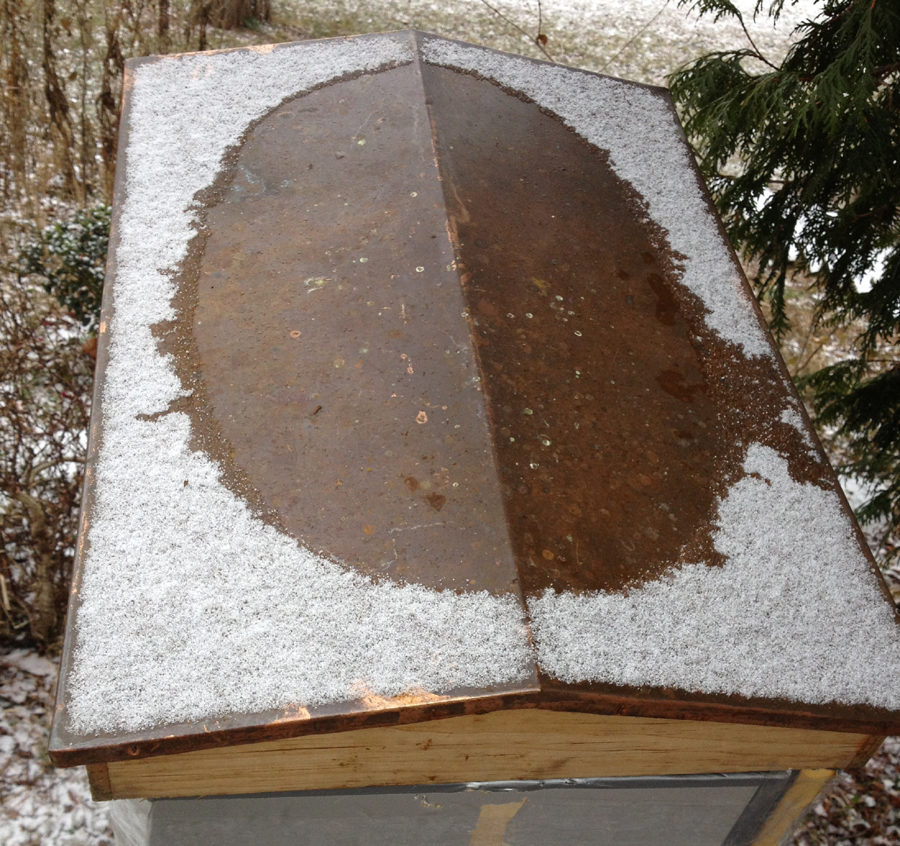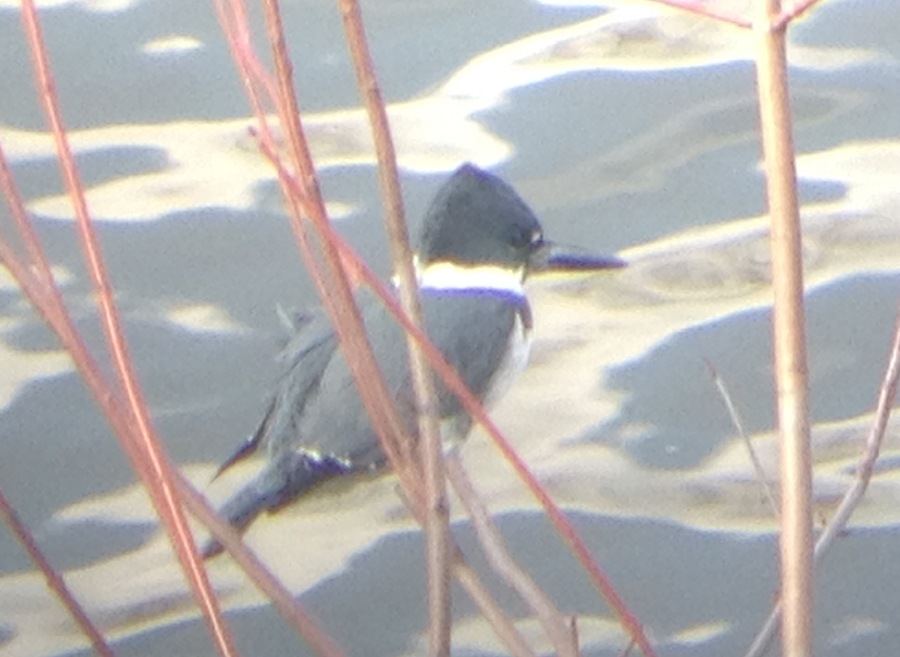In June a Eurail pass took us around Finland. Dogs are welcome in their own section of the train:
But I saw they are treated even better in Washington Dulles airport:
 One very remote station close to the Russian border was so small there was no platform, or even rail staff – just this dog guarding everything:
One very remote station close to the Russian border was so small there was no platform, or even rail staff – just this dog guarding everything:
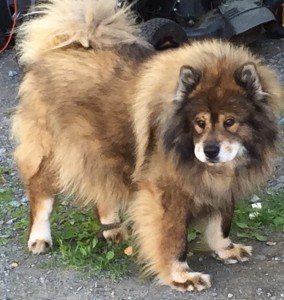
On seeing us he looked happier thinking fresh meat might have arrived:
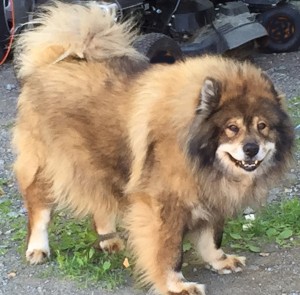
That station was only about 10 km from the Russian border where Rubles seem to have leaked across judging by the size of the Dachas, some with trilingual “Keep Out” signs in their gardens in Russian, English and then finally Finnish.
A fine trail through the woods, where we fed the meat-eating mosquitos,
had this surprising sign:

I’d thought we were in the original home of cross country skiing? Or perhaps the sign just means don’t squat when skiing?
The Finns have a great new (to me) “nano-material” waxless ski base which is reportedly very effective between and freezing and -10 C snow temperatures. The material feels like the finest texture seal skin with its one way slide and stick in the other direction. It totally replaces the large fish-scale waxless surfaces of old. I found some in overstocked sports stores because, thanks to last winter’s climate change, the Helsinki snow was so sparse that I had more days skiing in Toledo, Ohio than they had. I was thrilled to find a great set for about 300 Euros, and tried to ship them Fed Ex because we were flying with just hand baggage. The only problem was that Fed Ex would have wanted 800 Euros just for the shipping!
Way north, at the Arctic Circle the sun never set on June 20th. This photo taken at 11:00 pm searched for a small gap in the leafy trees to show the sun’s position, without over-saturating the iPhone’s pixels.
 Turning around, to face due South (think about it!) the tree acted as a pinhole light source and gave this nice sharp shadow.
Turning around, to face due South (think about it!) the tree acted as a pinhole light source and gave this nice sharp shadow.

Even at 2:00 am this view looking due north shows an ever-present sun:

The irony was that right then there was a huge solar storm with Northern Lights visible elsewhere (at night) as far south as Atlanta, Georgia. Of course, in Lapland in June we saw absolutely nothing because there was no darkness to the night! In their long nights of winter they typically see the lights weekly.
Near Santa’s village right on the Arctic Circle there is a line in the ground to prove it. Sorry I forgot the check its accuracy with my phone GPS! We were still only about ¾ of the way from the equator to the North Pole (about 22 more degrees of latitude needed).
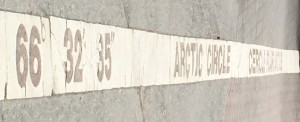
We met “Rudolph”. He did not look too fierce, but was definitely grumpy,

so we only fed this young one:

The reindeer are herded in for tourists for a few months and then turned back out into the Taiga to keep them “fresh”.
This young herder is drinking his coffee from his traditional birch wood “kuksa”
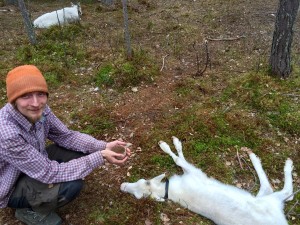
– same design as the one this delicious (reindeer!) soup was served in,

followed by (pseudo) Lichen and ice cream:

Magnificent Lupins were everywhere, alongside highways and railroad tracks:

Some Finns say they come from Russia and are not always welcomed! Only in the special sand of Oak Openings can we grow them in Ohio. I have repeatedly demonstrated they do not like the Maumee River clay of my garden.
The trip included my presenting a paper on breaking glass (spandrels) at the big biennial GPD meeting in Tampere. The noisy end-of-conference party nearly added some more broken glass. Click the link below to see:
Back home in Perrysburg my bees are doing battle with small hive beetles, robber bees from some other hive, an emerald color fly, and wasps. My best hive only had a few beetles, but the other hive had swarmed, taking the queen with them. It now looks like the rascals went to my neighbor’s empty hive about a quarter mile away. The remaining large number of workers seemed unable to keep the beetles out without a queen to guide them, or to keep out robber bees who stole almost all the honey. I’m not in favor of monarchies but on occasion it seems that they might have some utility!
At this time of year the hives smell of honey, especially on a sunny hot day, and it attracts others. Here are three clips of the fights you see at the front door as others try to enter, including pretty rough treatment of a darker color alien robber bee from another hive. Amazingly the attacked bee seems to suffer no damage and usually eventually flies off. I think bees do have little teeth. They certainly can shred a newspaper barrier when I put one between different levels. I would have thought their bites to antennae and wings would do damage?
http://341ontheriver.com/wp-content/uploads/2015/09/Mobbing-a-Robber-Bee.movI like the speed of the emerald color fly, but I don’t think he succeeded in entering.
The half dead wasp was easily handled:





